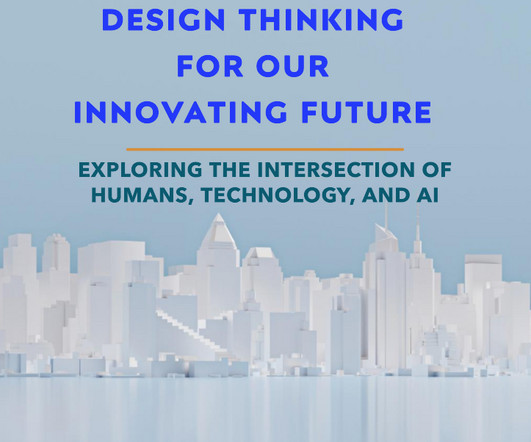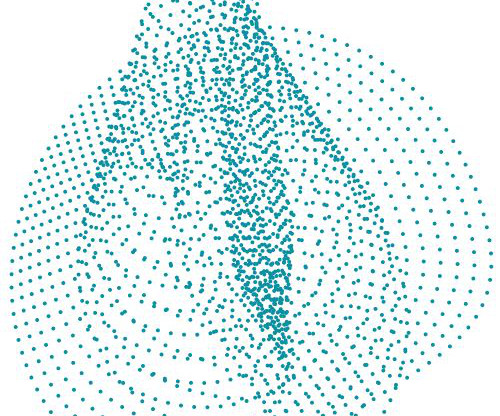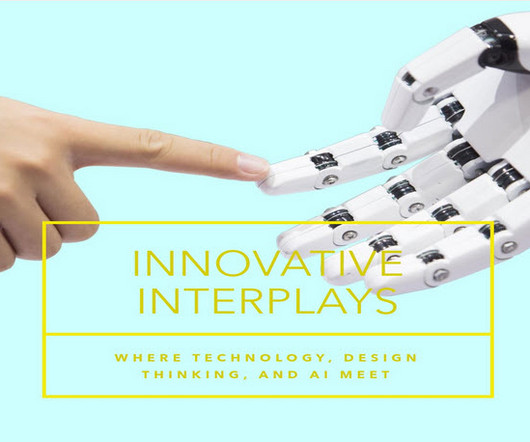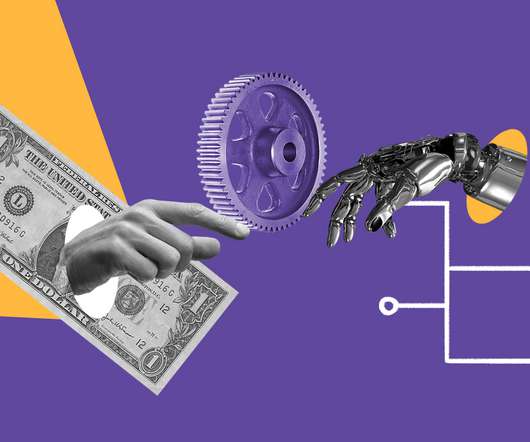Smart and connected devices change everything
Jeffrey Phillips
JULY 18, 2019
In my last post I wrote about a big transition in innovation that will occur in the near future - when the tipping point is reached and most innovation is focused on smart, connected devices as opposed to dumb products. The headline suggests that I think we should forget IoT, the ubiquitous internet of things. Forget IoT?




































Let's personalize your content